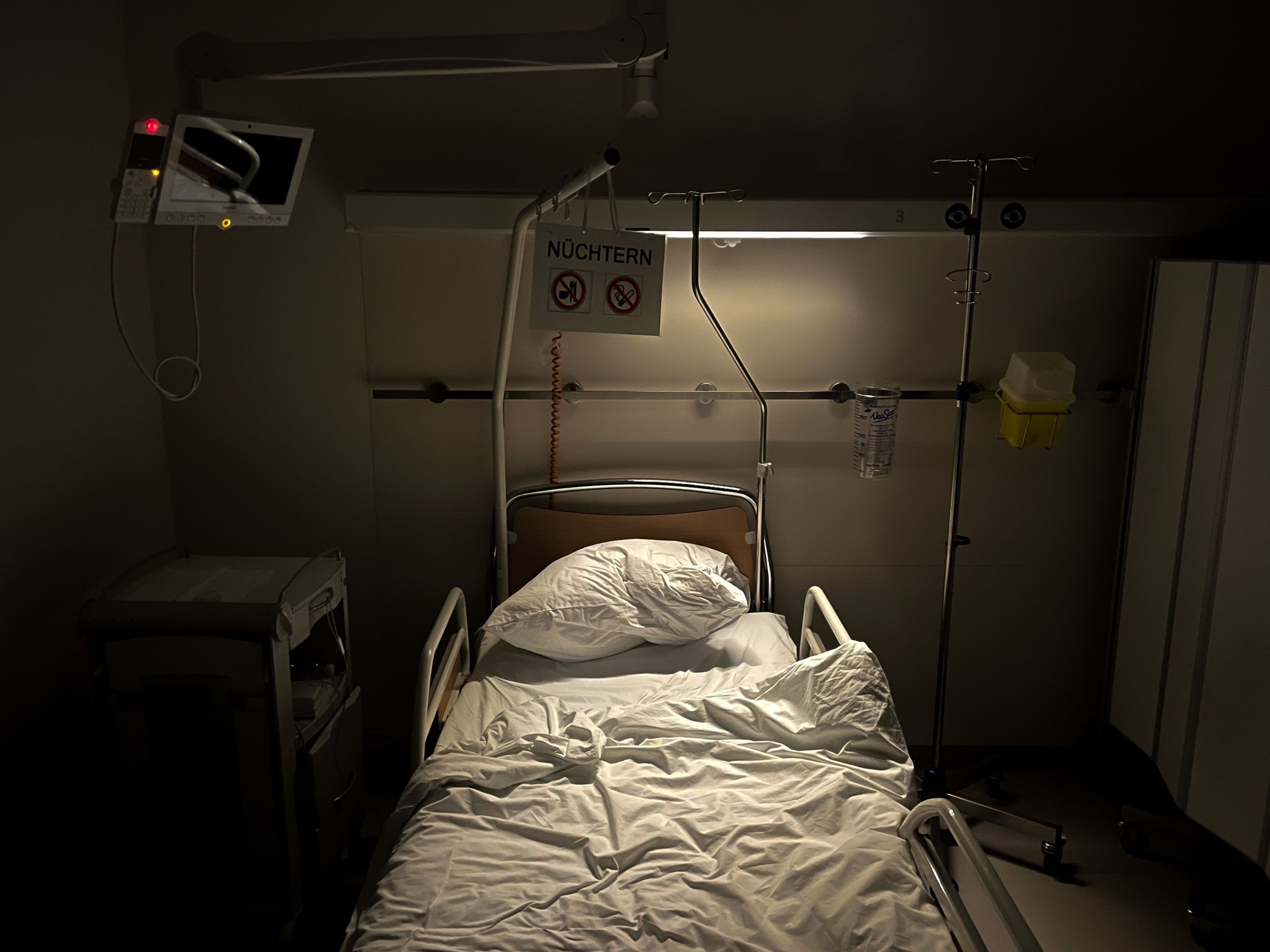[Written by Ally Lloyd (she/her)]
[Photo by Frederic Köberl on Unsplash]
CW: mental health illness and discrimination
In the 15th century fairy-tale, Sleeping Beauty falls into a death-like state of sleep, but for several hundred children in Sweden, this fairy-tale is closer to reality rather than fiction.
You may have heard of Resignation Syndrome (RS) in sensationalist media reports, illnesses with unknown causes and treatments are intriguing after all. Despite often being romanticised as the ‘Sleeping Beauty Syndrome’, the one thing clear about RS is that there is nothing romantic about it. Resignation syndrome is a rare psychiatric condition characterised by a set of symptoms akin to a body going into hibernation. The syndrome’s demographic is oddly specific, all sufferers are young people seeking asylum in Sweden after a traumatic migration.
Over a period of days, weeks, or months, children with RS gradually withdraw from life until they are in a constant sleep-like state. They become completely unresponsive to stimuli, such as pain, and are dependent on tube feeding, IV fluids, and close monitoring to keep them alive. This state is present for months or, in severe cases, years before those with RS make what appears to be a spontaneous and miraculous recovery, with almost no recollection of the time they have missed.
But what could cause this? Experts are in agreement that this is a trauma response. However, the trauma response hypothesis alone doesn’t explain the localisation of RS, and why it doesn’t occur in unaccompanied refugee children. The caregiver trauma hypothesis seeks to account for why it occurs only in children travelling as part of a family, suggesting that the primary caregiver attempts to manage their trauma by unconsciously projecting it onto their child. The child, who experiences their primary caregiver as their main source of safety, unconsciously exhibits the symptoms they are treated as having. However, there are traumatised refugee families all over the world, so this fails to explain RS’s regional distribution.
The nature of the Swedish asylum system, notorious for the instability it creates, may offer an explanation for this. The progression of RS can often be tracked in parallel to the asylum process. Onset often occurs at the point when a family is threatened with the possibility of returning to the source of their trauma. Recovery is often linked with the family receiving news that they can stay, suggesting that a child with RS is sensitive to the mood of those around them and the environment they are in. It has further been proposed that onset can be pinned down to asylum hearings, where a child may hear years of family trauma condensed into one overwhelming telling, triggering this extreme dissociation response.
Once again, the Asylum Process hypothesis does not explain the distribution of RS as, sadly, asylum processes fail more than they succeed. In 2016 Karl Salin proposed a theory that combines the above ideas, a ‘culturally bound psychogenesis’ hypothesis. To break this down, ‘psychogenesis’ refers to a psychological cause. The ‘culturally bound’ component refers to Salin’s belief that some people have a biological/social predisposition to RS, and that when they experience processes unique to Swedish culture, this extreme dissociation is triggered. To explain the seemingly contagious nature of RS, Salin suggests that awareness of RS can be a trigger to those who have a predisposition. Children unconsciously internalise extreme dissociation as a trauma response.
Salin went a step further and suggested that RS is not an accurate diagnosis, and that what we are observing is catatonia, which is recognised and reported all over the world. The sole difference between what we call RS and catatonia is this abnormal distribution.
This theory of RS, whilst not definitive, is currently the accepted explanation. It has also attracted the interest of ethicists, as it seems to have opened a ‘dilemma’ by which treating and raising awareness of RS is both helping individuals to recover and causing others to develop RS. There is of course no dilemma, as these children require treatment to stay alive.
Engaging too much with ethical ‘dilemmas’ like this involves walking a delicate line; reports on RS often present children with the condition as a mystery object for scientists and healthcare professionals, and fail to remember that these subjects are children losing months and years of their lives. This dehumanisation is compounded by prejudices towards refugees.
When RS was first observed, professionals and the media alike observed the problem that had no straightforward cause and leapt to conclusions that these children were ‘faking’ it. They suggested that parents had convinced children to do this to increase their likelihood of asylum status being granted. This not only further demonized refugees, casting them as untrustworthy, but shifted any kind of responsibility from states who were not doing enough to accept refugees and support them in the trauma they experience.
A lot about RS remains a mystery, including whether it is a new condition or just a new name. More research seems to be crucial, but research alone isn’t enough. Europe must become a safe and welcoming place for refugees, ready to support individuals with their trauma, rather than further contribute to it.

